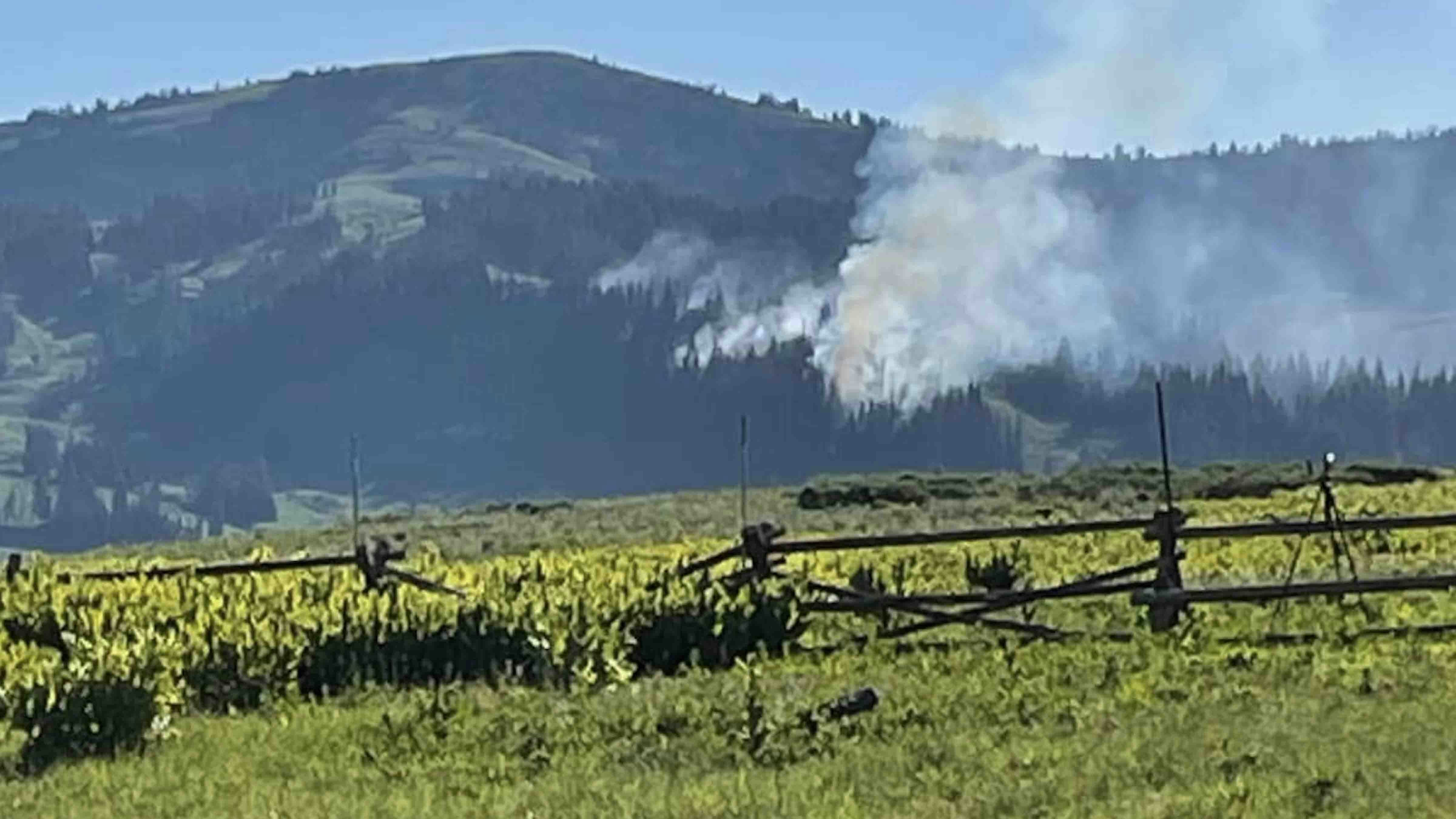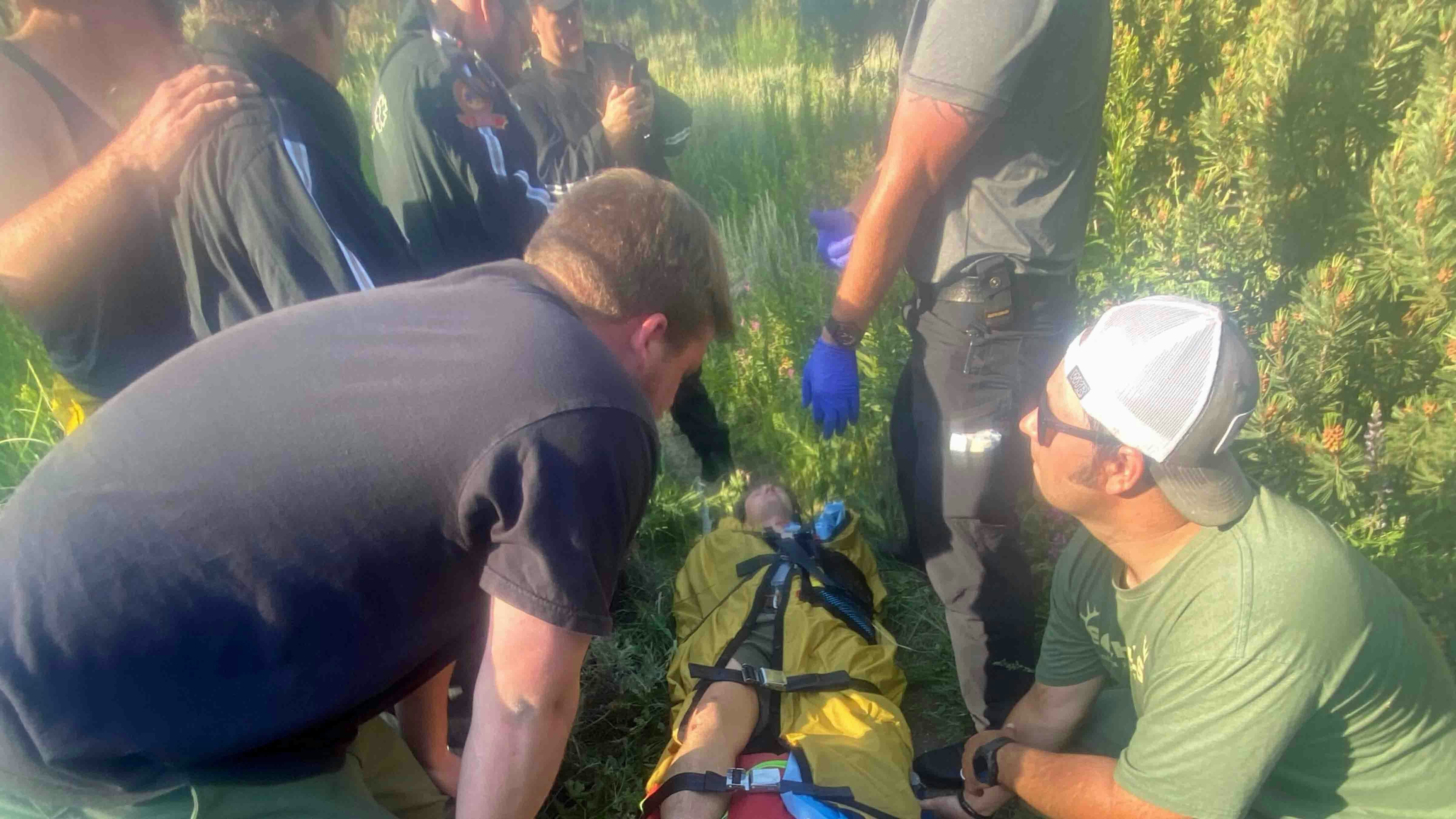Folks who find themselves lost and starving in Wyoming’s vast backcountry might have to overcome some modern squeamishness to survive.
Those lucky enough to catch a wild critter shouldn’t eat just the red meat. That can actually kill you, and it would be a painful, drawn-out death from something called “rabbit starvation,” which is the common term for protein poisoning.
To avoid such an awful fate, experts advise to do like ancient hunters who roamed these lands thousands of years ago did. Crack the bones to get the marrow and keep the fat deposits under the skin. Chow down on the heart and liver of your catch.
And, if things are dire enough, don’t forget that an animal’s brains and stomach contents are also loaded with vital nutrients.
“Just make sure to cook everything,” University of Wyoming anthropologist Briana Doering told Cowboy State Daily.
Even our paleolithic ancestors had to cook what they ate, she explained, because unlike bears or wolves, the human digestive system can’t handle raw animal tissue.
And as far as critters go, what would be the best option in a wilderness survival scenario?
It’s not the lucky downing of a deer or elk, Doering said. It’s the porcupine.
“In Alaska, porcupines are the preferred survival food. They’re fatty and they’re slow,” she said.

‘Rabbit Starvation’
Wilderness survival experts warn that making a rookie mistake can get people killed by rabbit starvation. A modern person who doesn’t know any better might assume that the red meat off a rabbit, deer, porcupine or other critter is all they need.
The problem is dumping all that meat protein, and nothing else, into your system can overload your liver, Doering said.
That’s because the body also needs other essential nutrients like carbohydrates and fat to properly balance processing calories from food.
Hence, snarfing down the meat alone can lead to protein poisoning, or rabbit starvation.
An adult’s liver can handle about 1,000 calories of protein per day. That sounds like a lot, but if all somebody is eating is red meat from a game animal, it adds up quickly, Doering said.
If the liver is overloaded with more protein that it can process, that can lead to ammonia contamination in the blood. And that in turn can cause nasty side effects that might set in after a few days, and can kill a person after a few days more.
Symptoms can include weakness, lethargy, nausea and diarrhea.
There are accounts of the phenomenon dating back to ancient Rome – with stories of Roman soldiers on campaigns in remote areas becoming sick or even essentially starving to death, despite having bellies full of meat.
Doering said the term “rabbit starvation” was apparently coined by a Russian explorer in reference to artic adventurers suffering from the condition after trying survive on rabbit meat alone.
Crack Those Bones
The earliest known inhabitants of what would become Wyoming were paleolithic groups known as The Clovis People.
They first came here roughly 13,000 years ago in pursuit of game, including mammoths. Researches have learned much from a site near Worland, where Clovis People long ago killed seven mammoths at once.
“With seven mammoths killed, people might think, ‘That’s a lot of good mammoth meat.’ But if you were just eating the mammoth steaks, you wouldn’t be getting all of the nutrients you need,” Doering said.
The Clovis People, along with other ancient hunting tribes, probably figured out a properly balanced diet over time, and likely the hard way.
They enjoyed their roasted mammoth steaks, to be sure. But they also learned to get other nutrients by consuming the bone marrow, organs, brains and even the stomach contents of the mighty beasts, Doering said.
When anthropologists first started discovering cracked bones at ancient game kill sites, they initially thought people had resorted to eating bone marrow after the meat ran out.
But researchers have since figured out that paleolithic people were just being smart. Marrow is packed with nutrients that can help balance out digestion and get the most out of every calorie, Doering said.
“Bone marrow is like the paleolithic equivalent of a Snickers bar,” she said.
Do You Want Brains With That?
Even in otherwise incredibly lean wildlife, such as rabbits, internal organs like the heart and liver can contain vital fats and other nutrients that will stop rabbit starvation from setting in.
The stomach contents of plant-eating animals can also be pulled out and boiled into a soup or broth that can provide nutrients such as vitamin C, Doering said.
So again, as gross as it might sound, paleolithic people knew what they were doing when they prepared such cuisine. And a modern person could get by on it in dire circumstances.
For those who might find themselves stranded with only a bunny or a porcupine to eat, she recommends getting into that paleolithic mode of thinking.
“Don’t worry so much about every little bit of red meat off the bones. Boil the stomach contents. Boil the organs and bone marrow and drink the broth,” she said.
And of course, don’t forget the brains. Those are loaded with healthy fats.
“The average American thinks eating brains is gross, but a lot of cultures in the world to this day still eat brains,” Doering said.
Mark Heinz can be reached at mark@cowboystatedaily.com.





